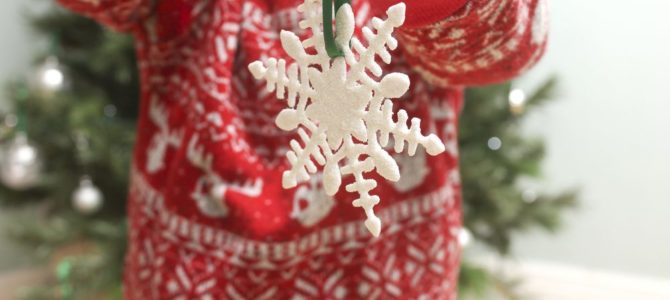
Each year, as fall gives way to winter, unmistakable events and hallmarks signify the beginning of the Christmas season. Family traditions are as varied and diverse as the American population, but whether it’s Christmas trees, Nativity scenes, Santa and his reindeer, a Menorah, or a simple candy cane, decorating the home for the holidays is a meaningful commencement to a joyous time of year.
As general counsel for First Liberty Institute, I have come to expect a slightly different harbinger of the season. At First Liberty, the Christmas season hasn’t truly begun until we get the first call seeking help to defend religious imagery associated with Christmas.
In 2003 in Morgan v. Swanson, our firm took on the Plano Independent School District in what would become known as the “candy cane case.” This case garnered nationwide attention as we defended a elementary student whose Christmas gifts at the school “winter break” party were confiscated for having a religious message. The case helped solidify the First Amendment rights of students and teachers throughout the country.
For me it was more than a lawsuit. It was a poignant, nostalgic moment in my life. It took me back to the year 1980, riding home from kindergarten with my mother on the south side of Oklahoma City. It was an ordinary ride until she turned to tell me that our family was getting a divorce. That didn’t mean that much to me. I was a kid. For all I knew, “divorce” was a brand of refrigerator.
It wasn’t until later that year I began to see, if not fully understand, the ramifications of what she was explaining. For instance, I didn’t know the bank could take your car until ours was gone. I didn’t know why we had a meager houseplant in the place of a Christmas tree. Didn’t everybody have a “Christmas plant”?
At school all through December, my teacher had us making different crafts and “art” for Christmas, including a rather impressive-looking Rudolph if I do say so myself. Our teacher even had us create a festive red and green construction paper briefcase to cart the rudimentary ornaments home for Christmas break.
On the last day before the Christmas holiday, I gathered all my work into my “briefcase” and proudly brought it home. Of course, my mother welcomed the ornaments, hanging them around the home and on our would-be Christmas tree. That was all we had for Christmas that year. No tinsel, no lights, not even a stocking hung with care. In my little six-year-old mind I had somehow saved Christmas.
We did not go to church at the time and, frankly, I do not recall what I carried home in that rudimentary briefcase that day being particularly religious. It was just your standard Christmas decorations—the same kind I would learn of in law school years later that that the U.S. Supreme Court determined in the 1984 decision of Lynch v. Donnelly that the government may lawfully display on government property.
While that decision would greatly affect my future career, as a kindergartener, none of that mattered. I was just a kid.
It seems that every year there are disputes over whether school children can include religious messages in Christmas parties or if teachers can display nativity scenes, menorahs, or other religious images associated with the holidays. Some refer to this as the “war on Christmas,” an unfortunate term tossed about during a time of year meant to celebrate peace on Earth and goodwill toward men.
Even in some legal circles cases like our “candy cane case” are sometimes dismissed as unimportant. That’s a mistake. I know firsthand how important it can be to kids across this country who find themselves in the same situation I was in so many years ago: facing a bleak Christmas made just that much brighter by school craft time.
My story is not unique. Somewhere, maybe right now, a student may be sitting in a principal’s office being told his Christmas cards are illegal. Perhaps students wanting to sing Christmas carols at the local veteran’s hospital have been shown the door because they might sing “Away in a Manger” on government soil.
At the heart of every lawsuit I’m involved in are real people, real families, and sometimes little children, whose lives will be affected by what the adults carrying real briefcases argue. It’s a privilege to defend the religious liberty of all Americans throughout the year, but for me our victories around the Christmas season are just a little sweeter.
For my part, the Constitution I pledged to preserve and defend years later at West Point protects the rights of students to express their religious convictions during the holiday season. It always has and, if I have anything to do with it, it always will.









